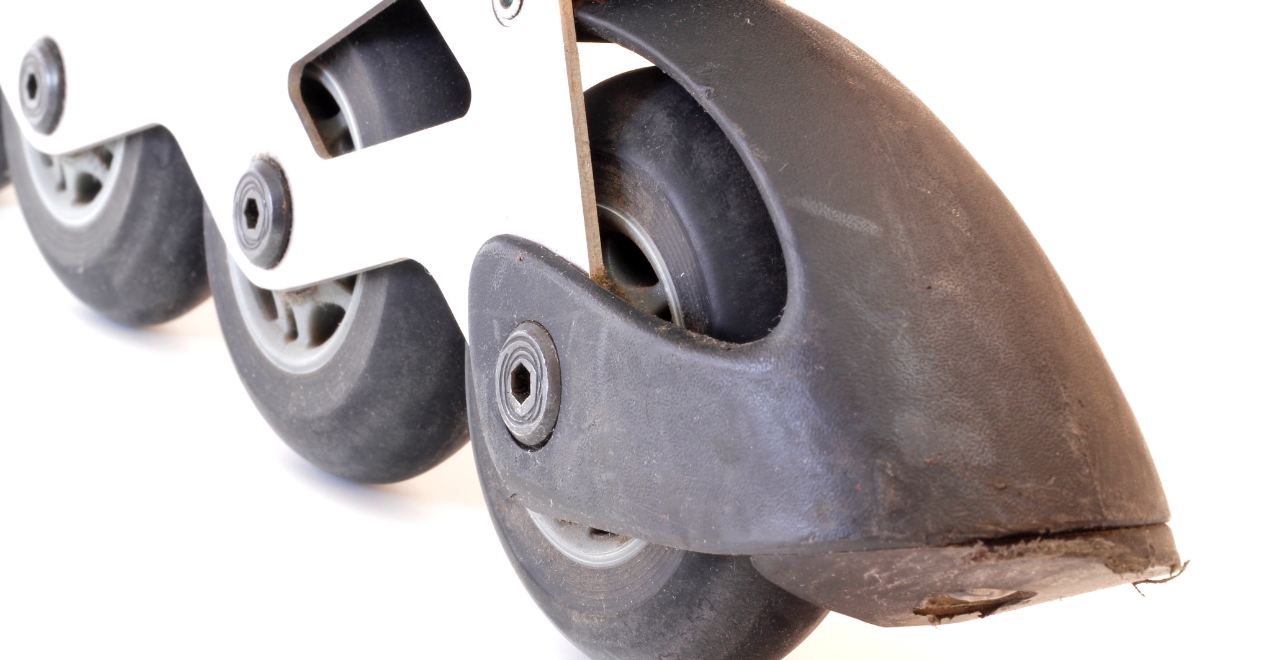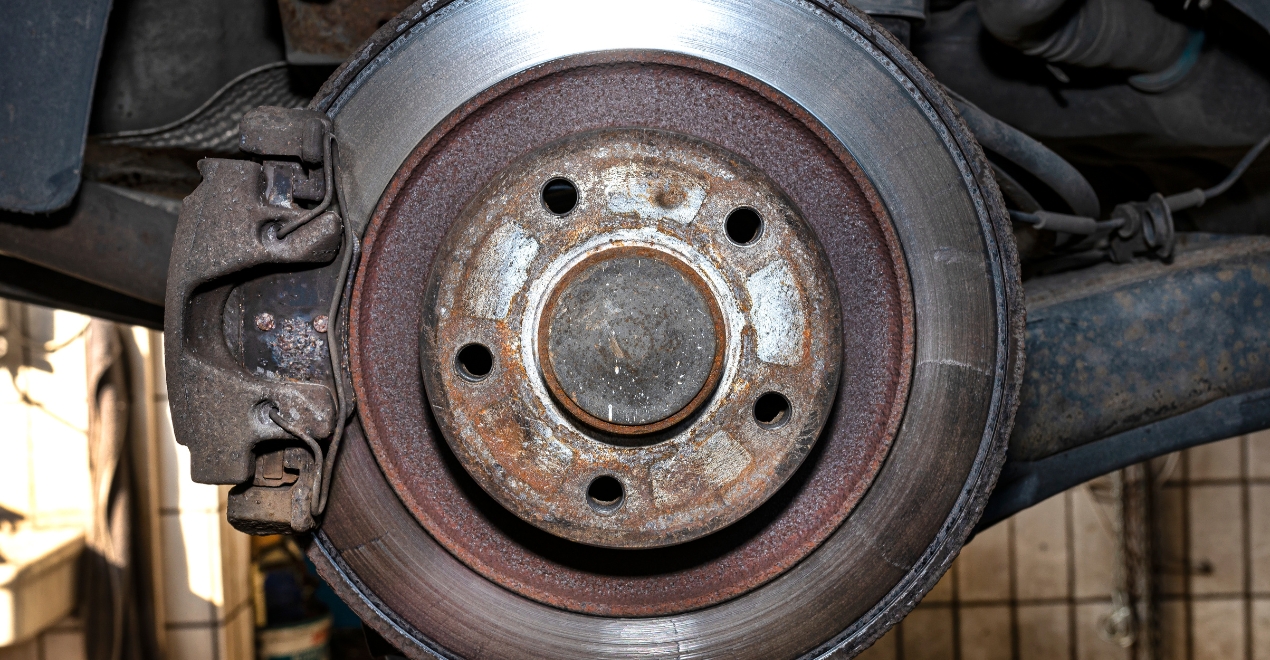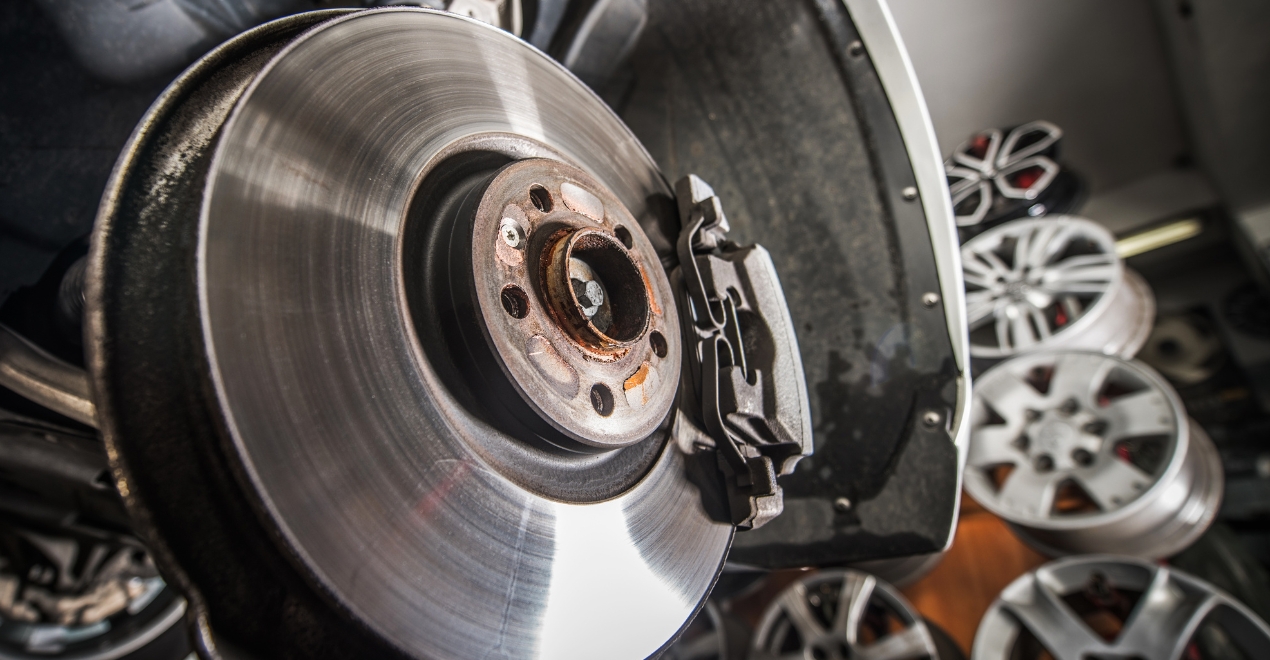Brake fluid leaks are a critical issue that can compromise the safety and effectiveness of a vehicle’s braking system. Identifying the common causes of these leaks can help car owners maintain their vehicles properly and ensure a safe driving experience. In this comprehensive guide, we will explore five prevalent causes of brake fluid leaks in cars and provide detailed insights into how to diagnose and address these issues. Experiencing brake fluid leaks? Contact Crossroads Helpline today for expert diagnosis and doorstep repair services.
Table of Contents
ToggleWorn Brake Lines

Brake lines are essential components of a vehicle’s braking system, responsible for transmitting brake fluid from the master cylinder to the brake calipers. These lines are usually made from steel or reinforced rubber, both of which can deteriorate over time due to various factors.
Steel brake lines are prone to corrosion, especially in regions where roads are salted during winter. Corrosion weakens the steel, creating vulnerabilities that can lead to leaks. On the other hand, rubber brake lines can dry out, crack, and become brittle with age and exposure to the elements, also leading to leaks. Additionally, physical damage from road debris or accidents can puncture or rupture brake lines, causing immediate and significant fluid loss.
To detect worn brake lines, one should perform a thorough visual inspection of the lines from the master cylinder to the brake calipers. Signs of wear include visible corrosion, cracks, or wet spots where brake fluid has leaked. Puddles of brake fluid under the vehicle or along the brake lines are clear indicators of a problem. Addressing worn brake lines involves replacing the affected sections, which often requires professional assistance to ensure proper installation and system bleeding.
Regular inspections, particularly in older vehicles or those frequently driven in harsh conditions, can help identify and address brake line issues before they escalate into major safety concerns. Using high-quality replacement parts and performing timely maintenance can significantly enhance the longevity and reliability of brake lines.
Faulty Master Cylinder
The master cylinder is the heart of the braking system, converting the pressure from the brake pedal into hydraulic force that activates the brakes. A faulty master cylinder can lead to brake fluid leaks, which in turn reduce braking efficiency and compromise vehicle safety.
Several factors can contribute to master cylinder failure. One common issue is the deterioration of the internal seals, which are responsible for maintaining hydraulic pressure. Over time, these seals can wear out or become damaged, allowing brake fluid to escape. Corrosion within the master cylinder can also lead to pitting and other damage that compromises its ability to hold brake fluid effectively.
Symptoms of a faulty master cylinder include a soft or spongy brake pedal, reduced braking power, and visible brake fluid leaks near the cylinder. In severe cases, the brake pedal may sink to the floor without resistance, indicating a significant loss of hydraulic pressure. When these signs are present, it is crucial to inspect the master cylinder and replace it if necessary.
Replacing a master cylinder typically involves bleeding the brake system to remove air and ensure proper hydraulic function. This process can be complex and is often best handled by a professional mechanic. Regular brake fluid changes and inspections can help prevent master cylinder issues by keeping the internal components clean and functioning properly.
Damaged Brake Calipers

Brake calipers are pivotal in the braking system, housing the brake pads and pistons that apply pressure to the brake rotors, creating the friction needed to stop the vehicle. Damage to the calipers can result in brake fluid leaks, significantly affecting the braking performance.
Brake calipers are subjected to high temperatures and constant stress during braking. Over time, the seals around the caliper pistons can degrade, leading to leaks. Exposure to road salts, moisture, and debris can cause the caliper body to corrode, further exacerbating the risk of leaks. Additionally, physical damage from impacts or improper handling during maintenance can crack or warp the calipers.
To detect damaged brake calipers, inspect the area around the calipers for signs of brake fluid. Wet spots on the caliper body or the ground near the wheels can indicate a leak. Other symptoms include uneven braking, a pulling sensation to one side during braking, and decreased overall braking efficiency. Addressing damaged calipers involves replacing the faulty components and bleeding the brake system to ensure all air is removed.
Regular maintenance, including checking brake pads and inspecting calipers for wear and damage, can help prevent caliper-related issues. Using high-quality replacement parts and ensuring proper installation can enhance the durability and performance of brake calipers, providing reliable braking power.
Loose or Damaged Brake Fittings

Brake fittings are crucial connectors that join various components of the braking system, including brake lines, hoses, and calipers. Over time, these fittings can become loose or damaged, leading to brake fluid leaks.
Brake fittings can loosen due to vibrations from the vehicle’s operation. Improper installation or maintenance practices can also result in loose fittings. Damage to fittings can occur from corrosion, physical impacts, or general wear and tear over time. When brake fittings are not properly secured, they cannot maintain a tight seal, allowing brake fluid to escape.
To detect issues with brake fittings, inspect all connections within the braking system for tightness and signs of wear or damage. Visible brake fluid around the fittings or on the ground is a clear indication of a leak. Symptoms of loose or damaged brake fittings include a soft brake pedal, reduced braking efficiency, and noticeable fluid leaks.
Tightening loose fittings and replacing damaged ones is essential to prevent brake fluid leaks and ensure the braking system operates correctly. This task may require professional expertise to ensure all connections are secure and properly aligned. Regular maintenance checks can help identify and address fitting issues before they lead to significant leaks.
Worn Brake Hoses
Brake hoses are flexible conduits that connect the brake lines to the brake calipers and wheel cylinders. These hoses must be flexible to accommodate the movement of the wheels and suspension, but over time, they can wear out and develop leaks.
Brake hoses are typically made from reinforced rubber or synthetic materials, which can deteriorate due to constant flexing, exposure to the elements, and aging. Common issues include cracks, bulges, and punctures in the hose material. The internal lining of the hoses can also degrade, allowing brake fluid to seep through and create leaks.
Inspecting brake hoses involves checking for visible signs of wear, such as cracks, bulges, or wet spots indicating fluid leaks. Any visible brake fluid around the hoses or on the ground is a clear indication of a leak. Symptoms of worn brake hoses include a spongy brake pedal, reduced braking performance, and noticeable fluid leaks.
Replacing worn brake hoses is crucial to maintain the integrity of the braking system and ensure safe driving. This task typically involves removing the old hoses, installing new ones, and bleeding the brake system to remove air. Regular inspections and timely replacements can help prevent brake hose failures and maintain optimal braking performance.
Conclusion
Brake fluid leaks are a serious issue that can compromise the safety and performance of a vehicle’s braking system. Understanding the common causes of brake fluid leaks—worn brake lines, faulty master cylinders, damaged brake calipers, loose or damaged brake fittings, and worn brake hoses—can help car owners and mechanics diagnose and address these issues promptly. Regular maintenance, inspections, and timely repairs are essential to ensure the braking system functions correctly and preventing dangerous driving conditions. By staying vigilant and addressing brake fluid leaks promptly, car owners can ensure their vehicles remain safe and reliable on the road.

